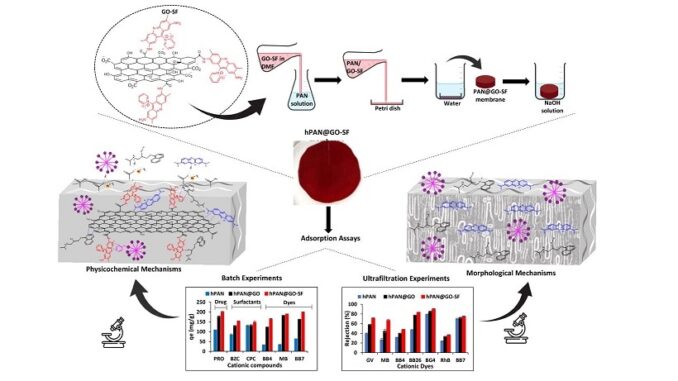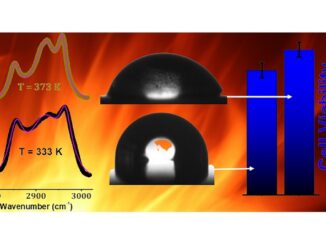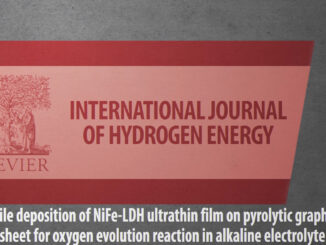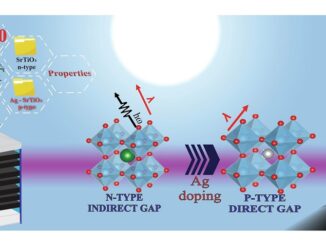
New graphene oxide-safranin modified@polyacrylonitrile membranes for removal of emerging contaminants: The role of chemical and morphological features
Abstract: Polymeric membranes incorporated with graphene oxide (GO) are promising materials for treating contaminated water, but few studies relate the chemical and morphological changes in the polymer matrix and permeation flux with the membrane performance. In this study, new hydrolyzed poliacrylonitrile (hPAN) membranes containing GO (hPAN@GO) and GO modified with the cationic dye safranin (hPAN@GO-SF), with varying nanomaterial content of 2–10%, were synthesized, fully characterized and applied to the removal of emerging contaminants (ECs) from water. The incorporation of GO-SF in the polymeric matrix reduced the membranes surface roughness, modified the size and shape of the sublayers macrovoids and increased the materials hydrophilicity, providing better adhesion of ECs. hPAN@GO-SF reached removal capacities of 200.6, 154.8, and 191.1 mg.g−1 for propranolol drug, benzalkonium chloride surfactant and methylene blue dye, respectively, in batch assays both at 100 mg.L−1. Ultrafiltration experiments revealed a high water flux up to 183 L.m−2.h−1 and rejection rates and removal capacities for the cationic dyes basic blue 26 (84% ∼ 242.6 mg.m−2) and basic green 4 (90% ∼ 237.4 mg.m−2) by hPAN@GO-SF membranes at concentration of 10 mg.L−1. Density functional theory calculations, batch experiments in saline medium and post adsorption XPS analysis indicated that cation-exchange, electrostatic and π-π interactions are the main mechanism and that the differences in the solute flow profile favor or limit adsorbent/adsorbate interactions according to the contaminant. The results show that polyacrylonitrile membranes containing GO functionalized by SF have potential to remove multiple ECs from water in batch assays and ultrafiltration.
Author(s): Neves, T. d. F.; Camparotto, N. G.; Rodrigues, E. A.; Mastelaro, V. R.; Dantas, R. F.; Prediger, P.
Chemical Engineering Journal
Published: 15 October 2022, Volume 446, Part 3, 137176
DOI: https://doi.org/10.1016/j.cej.2022.137176
CDMF
The CDMF, hosted at the Federal University of São Carlos (UFSCar), is one of the Research, Innovation and Dissemination Centers (RIDC) supported by the São Paulo State Research Support Foundation (Fapesp), and also receives investment from the National Council Scientific and Technological Development (CNPq), from the National Institute of Science and Technology of Materials in Nanotechnology (INCTMN).




